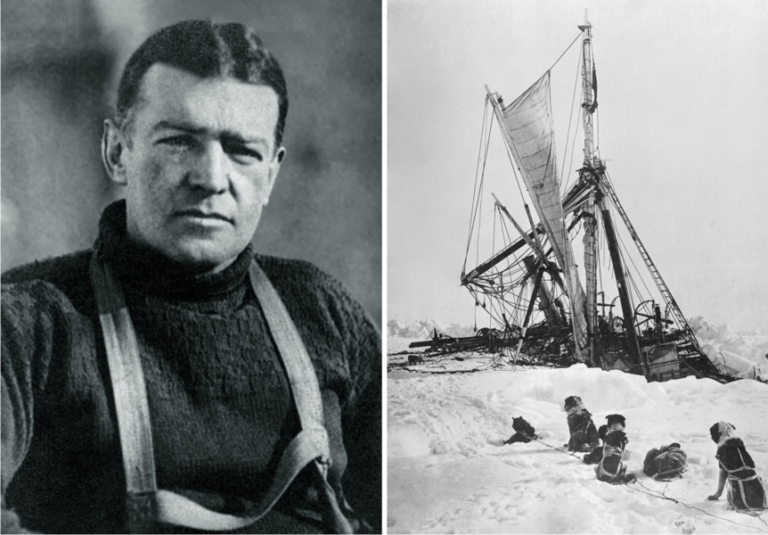
Leading in times of crisis: How healthy optimism works
Crises are as much a part of business as stormy weather at sea. But what if the storm lasts longer? 3 impulses for strong leadership in a crisis.

If you want to introduce new values, strategies or working methods in your organization, the best method is usually a classic: the workshop cascade. We show how to implement this evergreen perfectly, avoiding mistakes that stand in the way of success.
When a major change is going on in the company, it is essential that the employees really understand what it is about, and relate it to their everyday lives. In this case it is not enough to inform them via internal media and to offer them info events with little room for discussion. In many cases, change requires a face-to-face dialog; executives and employees need time to deal with the topic in detail. The ideal setting for this is a workshop, which can possibly be supplemented by larger events. On these occasions, employees with different knowledge can clarify questions and reach the same level of information. In the workshop, participants reflect on what the changes mean for their daily work, and they are motivated to recognize their own advantage in them. This results in a much greater commitment; resistance is minimized.
Achieving such good results is a matter of how you organize the workshops. In our experience, the classic cascade is clearly superior to other methods. It is particularly effective because the advocates of change also have the influence to directly implement innovations in their field of work. Ultimately, the workshop cascade ensures that every employee has the same understanding, no matter what level, area or country he or she works in.
Let’s take a look at a hypothetical example. A large company wants to strengthen customer orientation of its internal IT. The IT unit is supposed to function as a professional IT service provider. Until now, internal IT users would just spontaneously call IT staff for support (“hey-Joe-principle”). In the future, however, there shall be standardized processes and tools for IT services. For a large number of IT employees, this will transform their own understanding of their role and their daily working methods. In order to reorganize IT and initiate the change, the company relies on a three-stage workshop cascade:
Stage 1: CIO and division managers developing an elevator speech
In this executive workshop, the CIO answers the central questions about change, such as: Why does the company need the new direction? And why do we need it now? The managers develop an elevator speech: concise messages explaining the company’s plans in three to five minutes. The division managers also receive a guideline how to implement their own workshops with their management teams in the next step. If required, the managers can also participate in a train-the-trainer program.
Result of stage 1: The top managers have made the experience as workshop participants. They have clarified open questions and critical points among themselves before they communicate the changes within their areas of responsibility. This ensures that everyone speaks with one voice.
Stage 2: Specific messages for the second management level
In the next round, the division managers will host half-day workshops with their management teams. In total, eight events are organized. After a warm-up dealing with the status quo, the top managers present the core change messages. The participants reflect on what the changes mean for their working areas and where they see challenges. The division managers answer questions – if possible, the CIO joins the Q and A. For each sub-organization, a specific version of the elevator speech is created. In addition to the workshop, each division manager presents the elevator speech in front of a camera. The video statements will later be published on the intranet.
Stage 3: Employees reflecting on the change
Each second-level manager will conduct at least one employee workshop of his or her own – supported by the division manager, if necessary. The process is similar to stage 2 and includes warm-up, presentation, group work and discussion. In units with many employees, the events are larger. In such a setting it can be useful to work with interactive tools, such as the Mentimeter, a smartphone app for instant surveys.
The method is so simple – nevertheless, the workshop cascade does not run like clockwork. You should avoid the following mistakes:
Conclusion: A workshop cascade is indeed time-consuming and requires a certain investment. But it’s definitely worth it, because it ensures that employees throughout the organization understand where the company is heading for. This maximizes the chance that change will become a reality.

Crises are as much a part of business as stormy weather at sea. But what if the storm lasts longer? 3 impulses for strong leadership in a crisis.

He conveyed confidence in a desperate situation: British polar explorer Ernest Shackleton and his team survived a two-year battle for survival in the Southern Ocean. What can leaders learn from him in times of crisis?

Getting an IT project across hundreds of organizational units to the finish line? Our colleague Mathis takes a sporty approach. In our interview, he tells us what excites him about project management as a consultant and why he goes to the boxing ring to compensate.
2021 Grosse-Hornke Private Consult